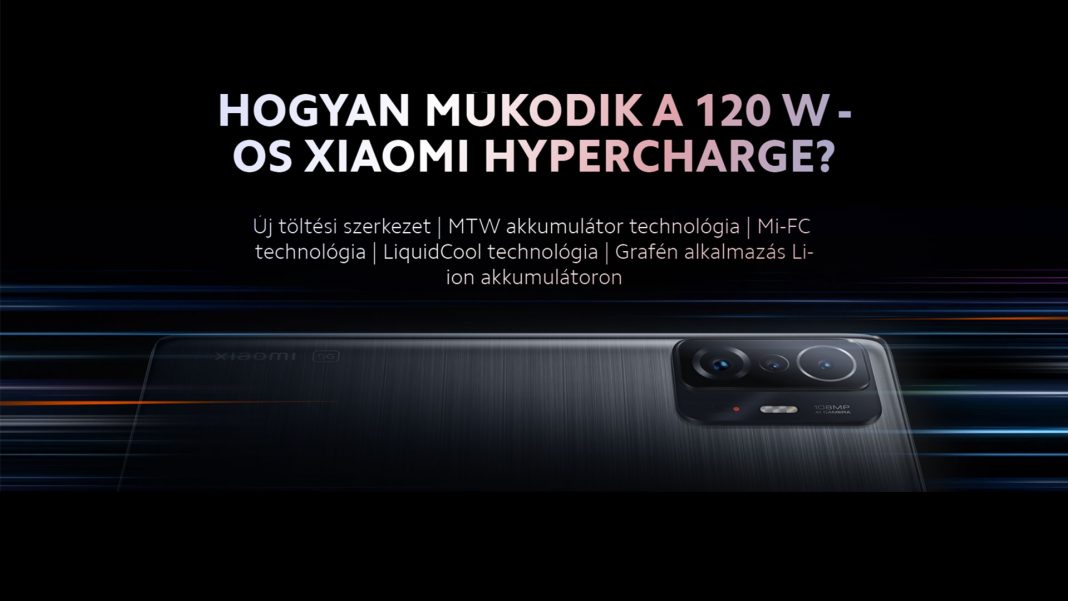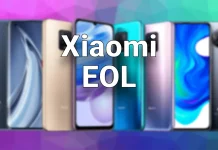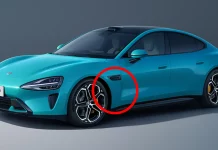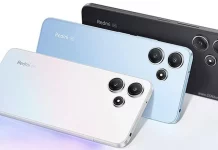HyperCharge is not new, only in Europe and now in our country. In China it was first introduced in the Mix 4 phone, but only the Xiaomi 11T Pro brought it to us.
Xiaomi's HyperCharge technology is very complex. It is a combination of battery, charger, electronics and software solutions. A 120 W charging very real, although for me, the phone loaded on charged a bit more when it was on. But when switched off, the charging time is smooth and even shorter.
The battery of the Xiaomi 11T Pro is very special, split into 2 cells, with MTW technology inside, the multi-cell coil. This is designed to divide the battery into multiple, smaller units so they can be charged simultaneously, faster than normal cells. Less heat, faster charging, longer life.
To protect the battery, charger and, of course, the user, Xiaomi has put in place 34 lines of defence. This protection mechanism has also been tested by TÜV Rheinland, which has resulted in the HyperCharge being rated safe. And the protections are not exhaustive:
Battery
- High temperature charge/discharge protection
- Low temperature charge/discharge protection
- Double overfill protection
- etc.
Circuit
- Protection against overheating
- USB input overcurrent protection
- USB input under voltage protection
- etc.
Charger
- Overvoltage protection
- Protection against overheating
- Cable encryption protection
- Overcurrent and overvoltage protection
- etc.

Xiaomi also promises that it's okay to charge your phone outside in the winter, because it can still pump up to 12W of power. Although this is unrealistic, who would charge a 270.000 HUF phone in such cold weather? Maybe if you get in the car in the winter and plug it straight into the charger before the car warms up. Or...
But is it good for the battery? Many people ask the question. Because it's not just an ordinary phone cell, it's a masterpiece made especially for it. To add to the above, the winding of the cell is also special. Not because of the MTW technology, but because of the new graphene material used. Graphene is a nanostructured allotropic modification of carbon, a single-atom-thick layer of graphite made up of carbon atoms arranged in a honeycomb lattice. This technology achieves higher conductivity and less heat generation. Thus increasing battery life.
























![[150] HyperOS heti hibajelentés](https://helloxiaomi.hu/wp-content/uploads/2024/04/hyperosbugreportindex-218x150.webp)



